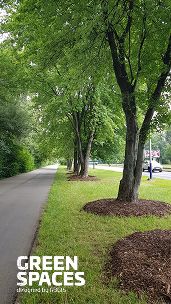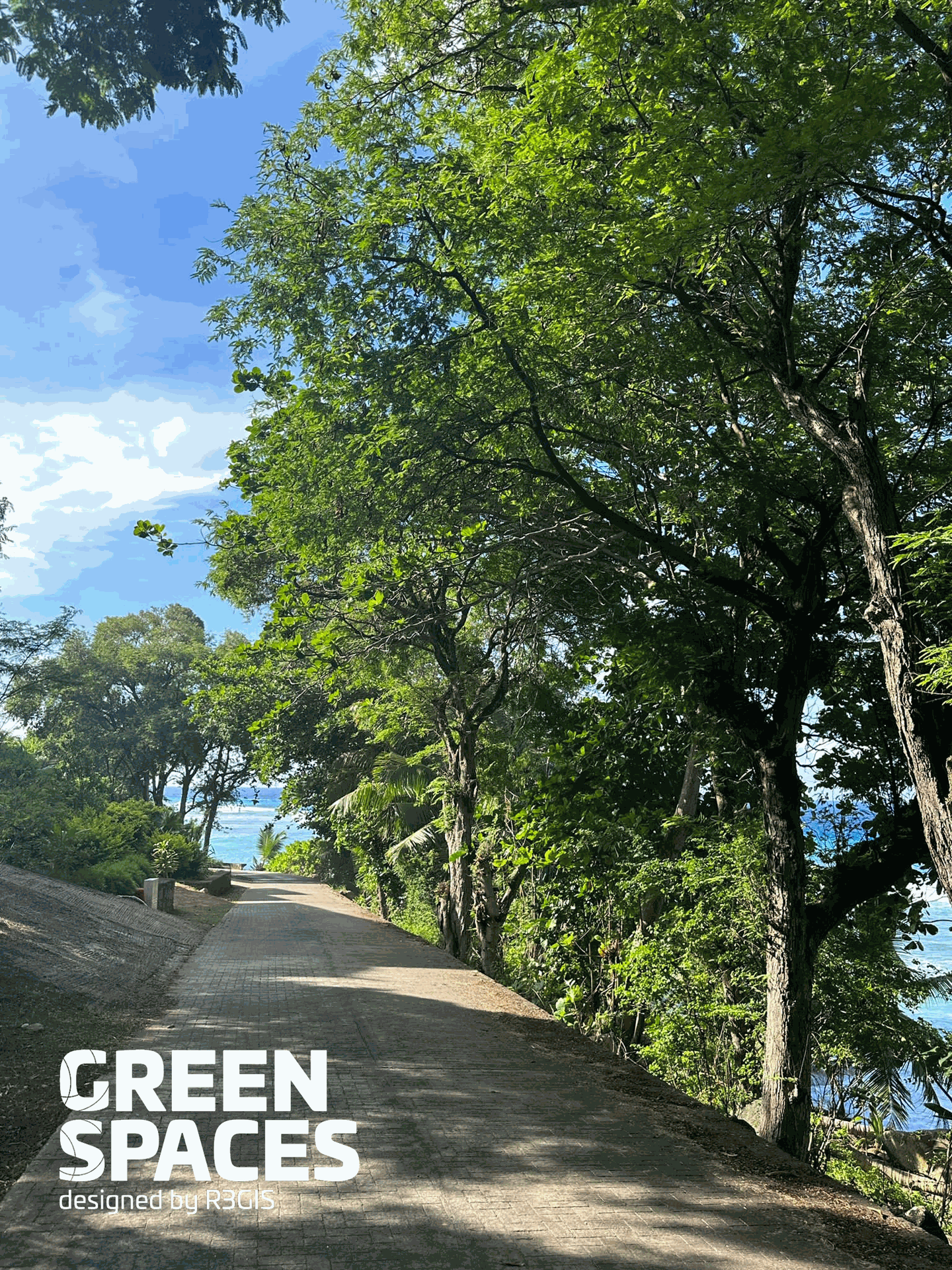Recent months have been marked by unprecedented heatwaves, making the vulnerability of our cities to climate change clearer than ever. Urban forests represent a natural ally: they mitigate the urban heat island effect by providing shade during the hottest months and cooling the air through evapotranspiration. This natural regulation reduces the demand for artificial cooling in buildings, lowering electricity consumption and household energy bills.
But how can the economic value of this essential ecosystem service be quantified?
This was one of the goals of the VerdeVale project, which developed a method based on official and easily accessible data sources to estimate the energy savings generated by urban forests. In our study, the annual value of this services offered by plants was assessed on a physical basis through field campaigns with ecophysiological measurements, considering species-specific traits, meteorological conditions, and climatic zones. Once the electricity saved thanks to vegetation is quantified, its economic value can be calculated by multiplying this amount by the average unit cost of electricity for domestic use. For this parameter, we referred to European statistic portal (Eurostat for EU countries), ensuring transparency and comparability across different areas.
This methodology was implemented into the "Environment" section of GreenSpaces, allowing users to explore the economic value of avoided electricity consumption across different time intervals, along with other valuable benefits.
Recognizing this value means acknowledging how urban greenery contributes to energy efficiency, climate change mitigation, and daily well-being: stay tuned to explore more results and outcomes from this and other projects!


